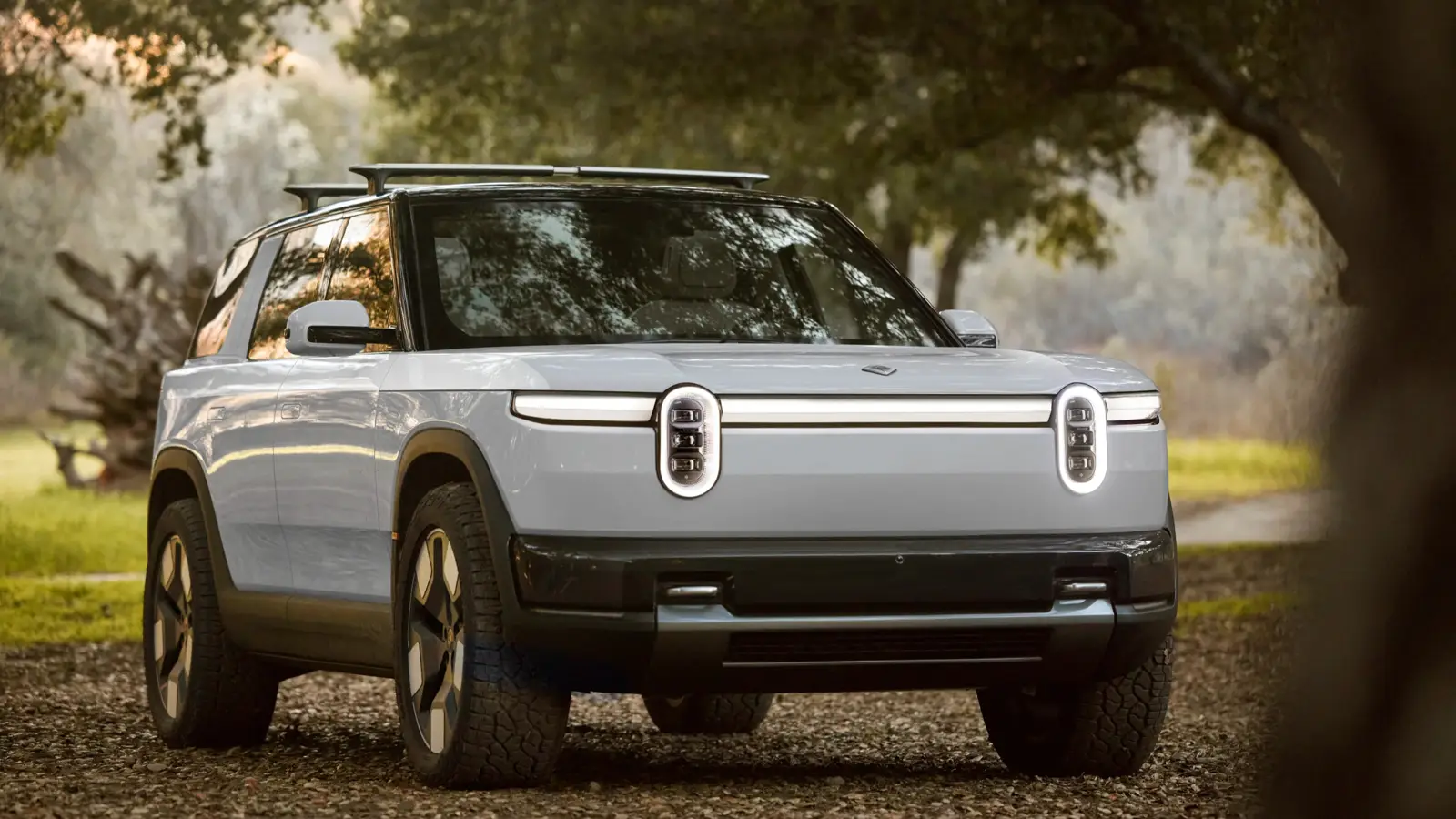News
Rivian’s Scaringe explains China’s EV lead and what the US must do

Rivian CEO RJ Scaringe highlights China’s EV success, U.S. market gaps, and Rivian’s plan to help close the EV adoption gap. Learn how R2, R3, and VW tie-in fit in.
China has not just taken the lead in the global electric vehicle (EV) market—it’s dictating the pace. According to Rivian CEO RJ Scaringe, this didn’t happen by chance. During a recent fireside chat with NVIDIA’s automotive VP Rishi Dhall, Scaringe emphasized the striking gap: while EVs made up just 8% of new vehicle sales in the US in 2024, in China, they accounted for 45%.
The disparity, he argued, lies largely in choice and affordability. US consumers have just a handful of appealing EV options under $50,000, with Tesla holding a dominant position. Meanwhile, traditional gasoline cars still offer hundreds of models with diverse features and pricing.
In contrast, Chinese automakers like BYD, NIO, and XPeng are not only scaling production but also building vertically integrated tech ecosystems. Backed by over $230 billion in government investment since 2009, China’s EV push is both broad and deliberate, with companies exporting aggressively and launching multiple models across various segments.
Rivian aims to answer this with its upcoming R2 SUV, set to launch in 2026 with a starting price around $45,000—nearly half that of the flagship R1T and R1S. To support this, Rivian plans to expand its Illinois plant’s capacity to 215,000 vehicles annually. A new plant in Georgia, scheduled to begin operations in 2028, will add another 400,000 units of annual capacity.
But Rivian isn’t stopping at hardware. The automaker recently entered a $5.8 billion joint venture with Volkswagen to develop a new software-defined vehicle architecture. The first models using this tech are expected in 2027, including the production version of VW’s ID. Every1 concept and the next-generation Golf, due in 2029.
Rivian has also integrated NVIDIA’s DRIVE Orin processors into its updated R1 models, boosting processing power by 10x and enabling advanced driver-assist features and adaptive systems.
Beyond the R2, Rivian is gearing up for the R3 and R3X—smaller, more affordable models targeting mass adoption, with production expected to begin in Georgia in 2028. The company also plans to sell the R2 in Europe as part of its global expansion strategy.
While China maintains its lead, Rivian’s multifaceted strategy—covering innovation, partnerships, and accessible pricing—suggests the US may yet close the gap. The race is far from over.
2025, Apr 01 09:40


